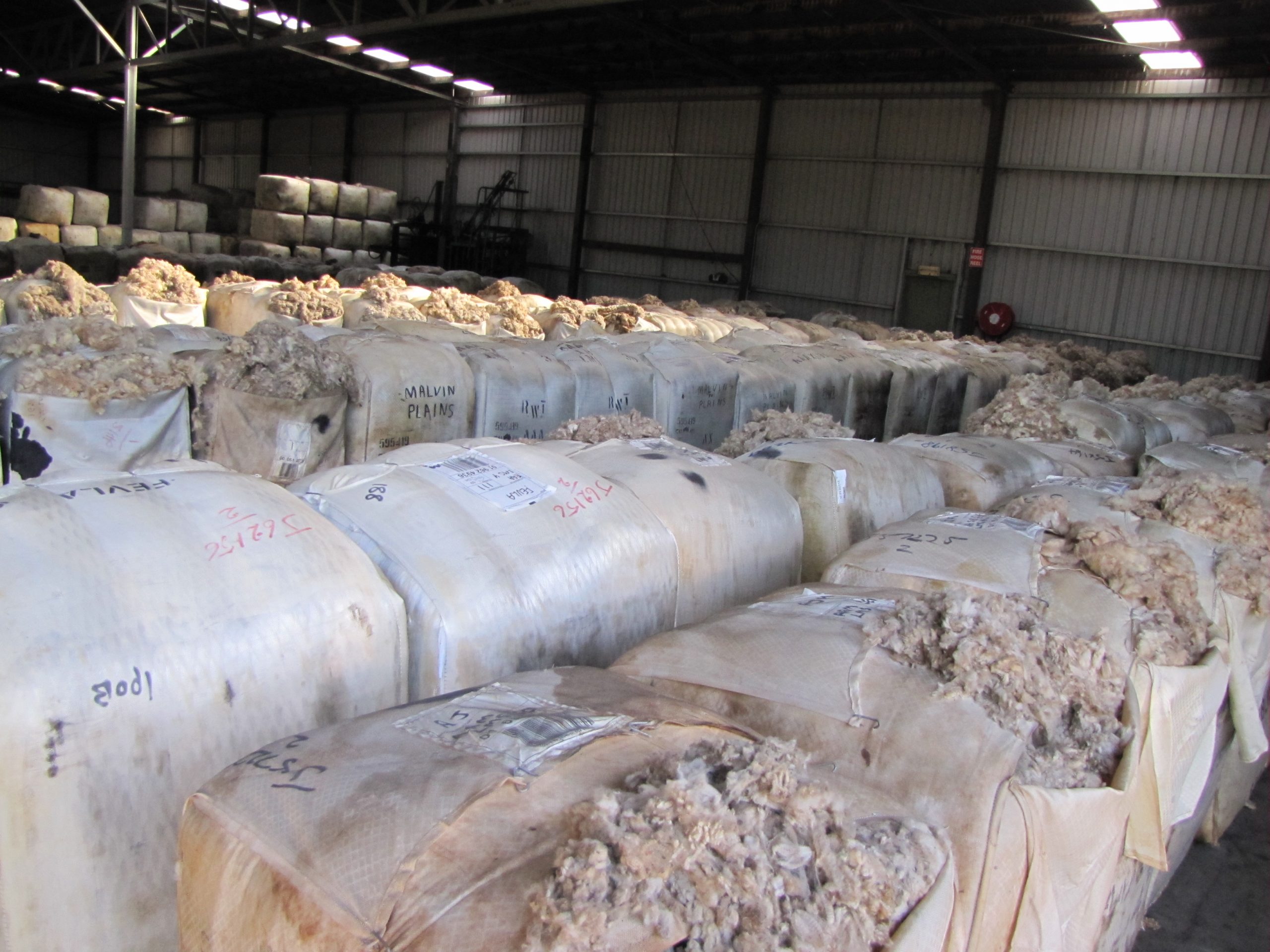AWI Monthly Report – July
AWI reported a weaker ending for Australian wool this month. Although the 2022/2023 wool selling term stood resilient for most part of the season it was eventually faced with adversity with sellers up against a wall of economic hardship. Wool prices came under heavy stress during the month of June, tormented by uncertainty, with discounts seen for all microns. In fact prices were significantly back year-on-year for many micron categories.
Fundamentals took a toll with significant supply and dull demand, and eventually 304c or 21.3% was wiped off the benchmark Eastern Market Indicator (EMI) for the season. In US dollar terms the EMI closed at US748c, a seasonal fall of US239c, or a 24.2% reduction. The seasonal average for the EMI was 1295c/kg, clean. At the final sale in June, the EMI fell a further 13c to finish the season at 1126c/kg, clean. Market reports from wool brokers and auction rooms generally commented on weaker demand, thus holding back any significant upward shift in prices.
The resilience shown earlier in the season started to shift in autumn, with the first month of winter bringing the worst of the downturn. AWI’s trade consultant Scott Carmody said the demand for wool is being hit by the globally weaker consumer spending. “This is most felt in the Chinese domestic market as that country buys approximately 80% of Australia’s wool and is thought to consume at least half of that import domestically,” he said. “Of course, the other half relies on exports to nations that are struggling with retail sales presently until the northern winter sales provide volume sales. “China’s economy is deeply integrated with the world economy.
“The past decade has seen mainly the exports from China lead global growth, so a natural reliance from most industry stems from that nation. Wool is no exception.” For the season, however, micron price guides told more of the underlying story, with 19 to 22-micron wool categories performing the most strongly compared to last year, all trading at or above year ago levels until May.
Before the falls in May and June, prices of around 1600c/kg for the finer end of this range and around 1400c/kg at the broader end were achieved. But it was the superfine wool types which trended considerably lower than last year yet are still returning upwards of 1900c. In the broader wool types of 26 to 30-micron prices are still hovering around the 300c/kg mark and struggling to repay the ever-increasing cost of shearing, which is now reaching the $9 – $10 per head mark at full contract rates.
In terms of volume of wool in the market throughput was largely level with the previous season with 1,876, 526 bales offered to auction, 14,716 bales more than the previous season – an increase of 0.8%. But when it comes to numbers sold at auction, just 782 more bales sold this year compared to last season. In recent years drought, pandemic, and global economic stagnation placed significant external pressure on the wool market, but the volume of wool moving through the system looks to be slowly bouncing back. Looking ahead to spring, demand drivers the market needs to account for are sluggish economic growth, inflationary pressure, and a question mark over the return of Chinese economic growth.
Germany, the largest economy in Europe, has entered a recession. A diminishing economic outlook will negatively affect demand coming into the European winter towards the end of the year. In positive signs for improvement in market demand in the near-term, reports from wool representatives to China quote a notable investment in wool processing capacity since the Covid pandemic.
Mr Carmody said following the whimper that was the China post Covid lockdown recovery, the strongest potential for wool price recovery seen for months is that China has now embarked on stimulus packages. “Their first move, unlike many other nations around the world which are raising their interest rates, China is opting for interest rate cuts in an effort to bolster its faltering economy,” he said. Trade data for apparel imports also suggest some improvement in in major northern hemisphere markets including Japan, US, Germany, France, and Italy. Source: AWI


